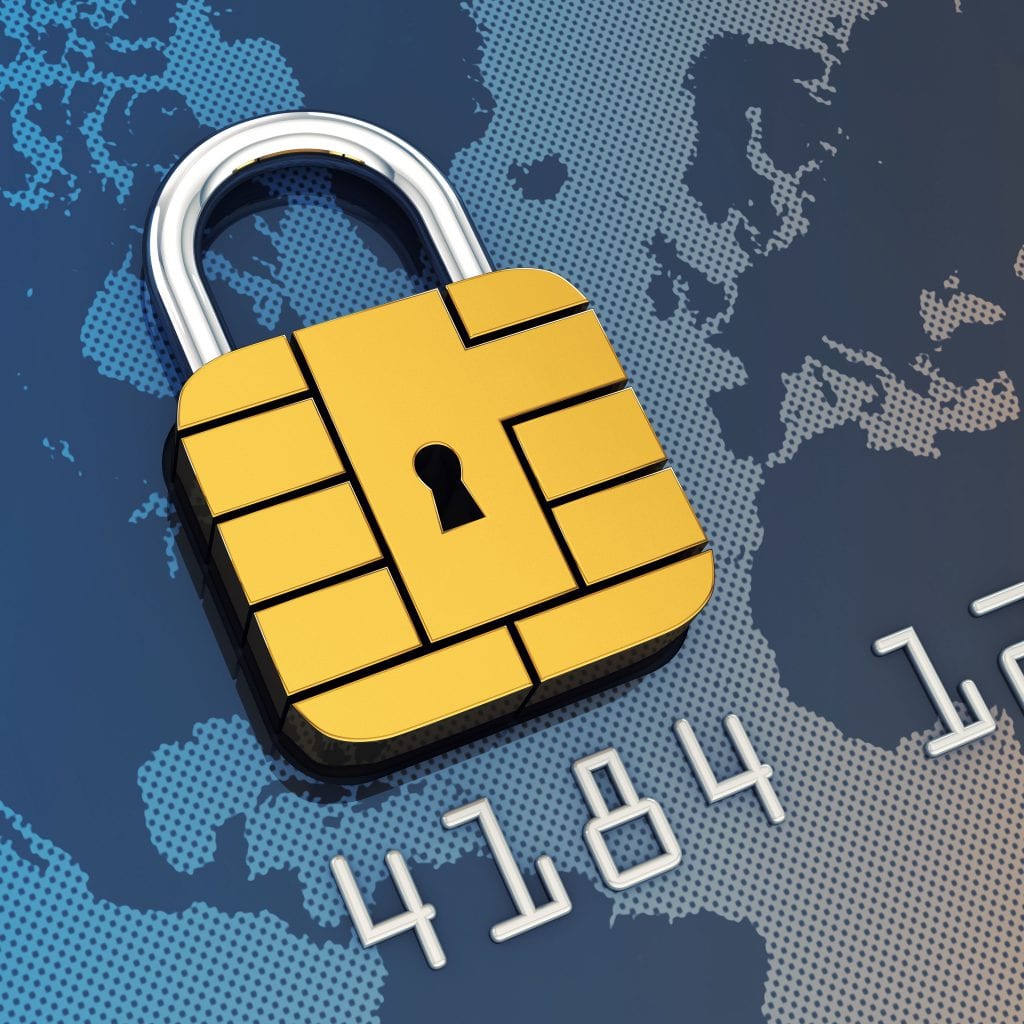Apple Pay is finding entrenched competition in China as it begins its second year in the Asian mobile payments market. As the follow article describes, both Alipay and Tenpay have inherent advantages that will make it difficult for an outside competitor to take away market share.
After a slow start, Apple Pay is now dominating its home country, the United States. Data from Boston Retail Partners shows that Apple Pay is now accepted by 36 percent of merchants in the United States, becoming the most popular mobile payment method in the nation. However, it’s only recording lukewarm or even cold reception in China, which is estimated to be the world’s largest mobile payment market. When Apple Pay first landed in the Middle Kingdom one year ago, the smartphone giant was expected to make a serious dent in China’s highly consolidated mobile payment market; more than 30 million bankcards were added to Apple Pay during the first day of its official launch.
After one year of operation in China, however, it seems that Apple Pay has failed to become a real threat to the dominance of Alibaba’s Alipay and Tencent-backed Tenpay (operator of WeChat Pay), two leading payment tools in the country. In Q3 last year, Alipay and Tenpay took 50.42% and 38.12% of China’s mobile payment market, data from research institution Analysys showed. With the two leading payment tool taking monopoly, the rest of the players only recorded single-digit shares of the market. Apple Pay did not even make to the top-ten list with shares so small that can be overlooked.
Technologically speaking, NFC, used by Apple Pay, enjoys many advantages over QR code with its touch-and-go approach and built-in security. But QR code payment has become the widely adopted and deep-rooted practice for Chinese users. Once these habits are formed, they prove difficult to change. China UnionPay, Apple Pay’s Chinese partners and a long-time proponent of NFC, even succumbed to the QR code pressure and launched its own solution late last year. This is an even bigger surprise given that UnionPay has already partnered with smartphone makers Huawei and Xiaomi to push NFC adoption in China. However, as we can see, this hasn’t changed users’ habits. In addition, NFC’s reliance on NFC-equipped smartphones and NFC-compatible POS terminals are also roadblocks for its wide application.
Apple Pay entered the Chinese market more than one year ago and immediately signed up 30 million bank cardholders in the first day. However, it’s one thing for consumers to sign up for mobile payments, and another for them to actually use the mobile pay method. Not only do Alipay and Tenpay dominate the market, but as in the U.S., NFC enabled terminals needed for Apple Pay are not installed in most of merchant locations. QR codes are the familiar and favored payment tech in China. Don’t expect Apple Pay to give up, as the Apple brand is widely recognized, and it has enough of a product and service portfolio to still see significant revenue volume in the world’s largest consumer market.
Overview by Raymond Pucci, Associate Director, Research Services at Mercator Advisory Group
Read the full story here
